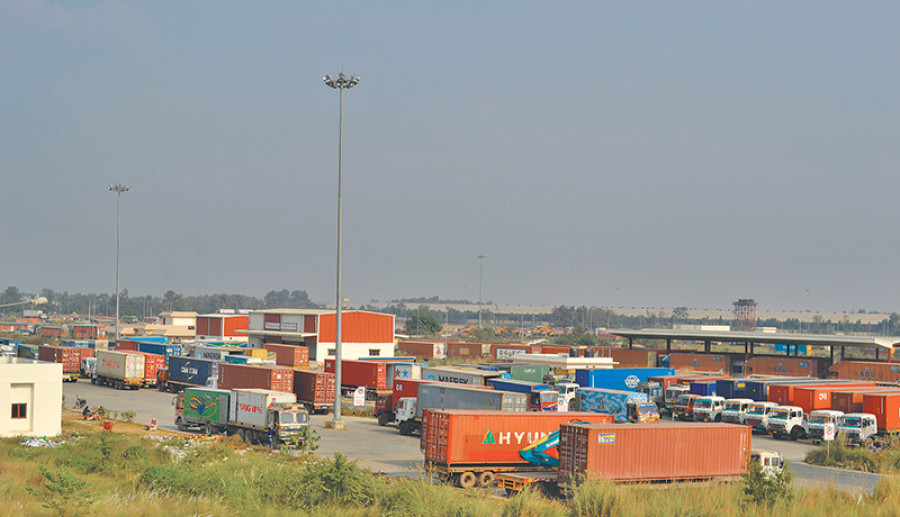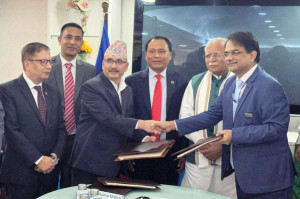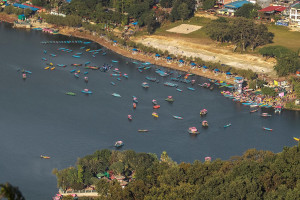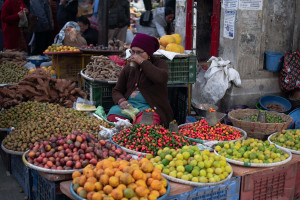Money
India rejects request to remove import quotas on four Nepali products
India has turned down Nepal’s longstanding request to remove import quotas on four Nepali products which have been in place since 2002.
India has turned down Nepal’s longstanding request to remove import quotas on four Nepali products which have been in place since 2002.
The southern neighbour has been applying quantitative restrictions on acrylic yarn, copper utensils, vegetable ghee and zinc oxide. Nepali traders are allowed to export 5,000 tonnes each of copper utensils and zinc oxide to India annually. The yearly quota for vegetable ghee is 100,000 tonnes.
According to officials of the Ministry of Industry, Commerce and Supplies, India refused to end the quantitative restrictions during a review meeting of the Nepal-India Trade Treaty held in Pokhara from February 7-8. “Indian officials said that Nepal had not been able to export even the approved quantities of the products,” said a ministry source.
Both countries are members of the South Asian Free Trade Agreement. In addition, they have signed a trade treaty to simplify cross-border trade. India has been charging 4 percent additional customs duty on Nepali metallic items apart from imposing quotas on the four items. Due to countervailing duty, Nepali traders face barriers when exporting readymade garments, copper and brass utensils and catechu to India.
During the joint secretary-level review meeting, the Nepali side mainly asked their Indian counterparts to remove non-tariff barriers that India has been imposing time and again on a number of Nepali products. In addition, Nepal asked India to allow exports of domestic products on non-reciprocity basis.
Nepal charges a 5 percent service fee on imports of agricultural products from India. “Based on this, India is reluctant to allow duty-free access for primary products such as farm items, flowers and fruits from Nepal,” the source said.
India has also turned down Nepal’s request to revise the rules of origin. Nepal has been pressing the southern neighbour to reduce the value addition ratio to 25 percent or less from the existing 30 percent. “India said it would simplify the procedure, but it seems to be unwilling to revise the rate,” the source said.
As per the ministry, India is positive about developing infrastructure at the customs points of the two countries. The southern neighbour is also agreeable to allowing Nepal to use two additional sea ports at Dhamra, Orissa and Mundra, Gujarat. Nepal has been seeking to use these ports as alternatives to Kolkata and Vishakhapatnam.
India is Nepal’s largest trading partner. According to the Trade and Export Promotion Centre, Indian accounted for 59 percent of Nepal’s export earnings during the first five months of the current fiscal year. During the same period, 64 percent of Nepal’s total imports valued at Rs607 billion came from India.
Nepal spends around Rs17 for every rupee it earns from exports to the southern neighbour. Nepal has been seeking India’s cooperation to reduce its ballooning trade deficit.
During the review meeting, India also asked Nepal to provide tariff concessions on a number of Indian goods. The two sides agreed to hold the next round of the review meeting in New Delhi, India. “The date is yet to be confirmed,” the ministry official said.




 20.12°C Kathmandu
20.12°C Kathmandu














